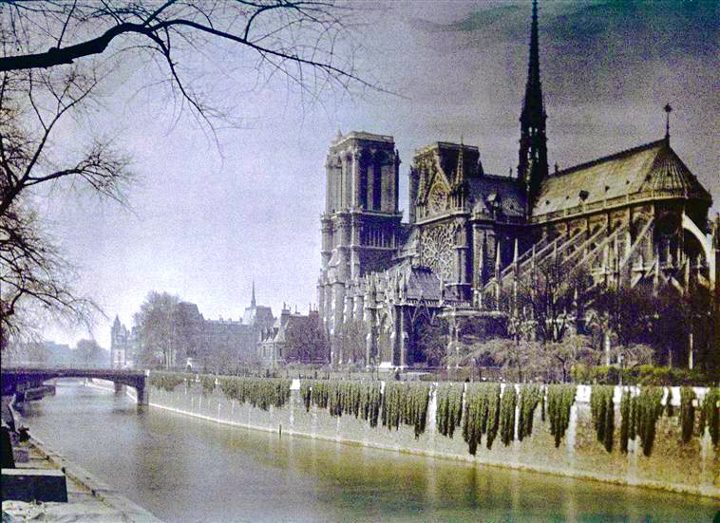Last Updated on 01/31/2013 by Chris Gampat
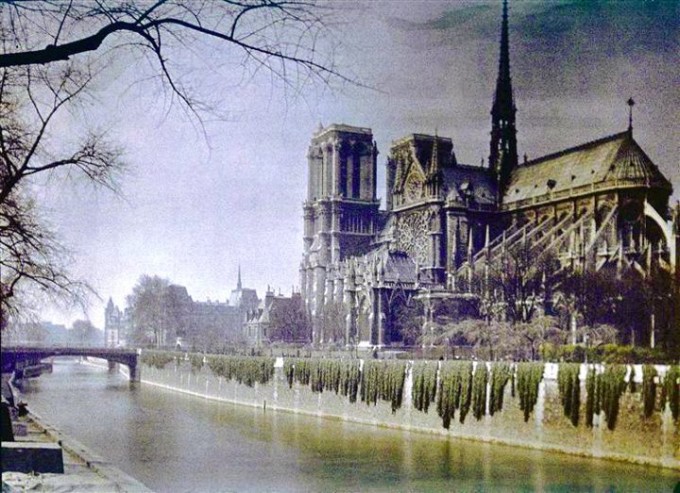
Going back to the early days of photography is not always enjoyable. The oldest photographs of mankind are dark, undetailed, monochrome pictures that seem to show hardly anything. Only at a fifth glance and with an explanation provided by an expert will you be able to see anything in them. However, humans’ first forays into color photography were pretty amazing from the start — like these ‘Autochrome’ color photographies from early 1900’s Paris.
‘Autochrome‘ was one of the earliest color photography techniques, and was basically a glass plate coated with dyed potato starch and silver halide. The technique was invented by the Lumière brothers, whose French name fittingly translates as ‘light’. While autochromes still look pretty rough compared to modern color slide film, back in its day it was a revolutionary technology. And the pictures are still amazing to look at.
The pictures below are the colorful witnesses of times long gone by. Being used to pictures from the first half of the last century (and even beyond) usually being monochrome, these autochromes come as somewhat of a revelation. Life was indeed colorful back then! And seeing some of those familiar places, like the Cathédrale de Notre Dame or the entrance to a Métro station, is almost surreal — as they look so familiar yet so strange being in color yet obviously from a different time. But see for yourself in the gallery below!
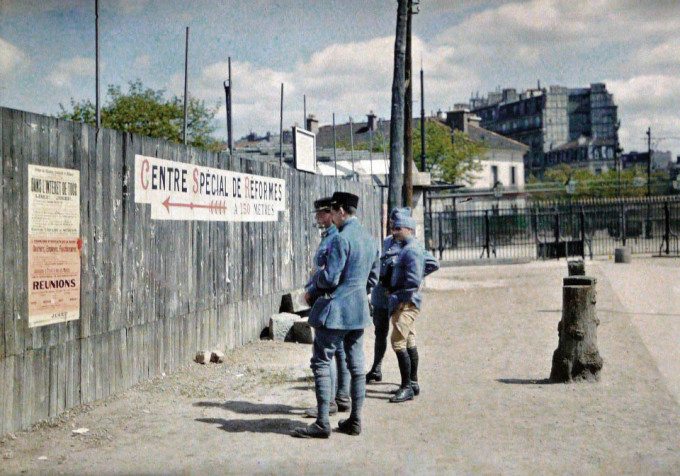
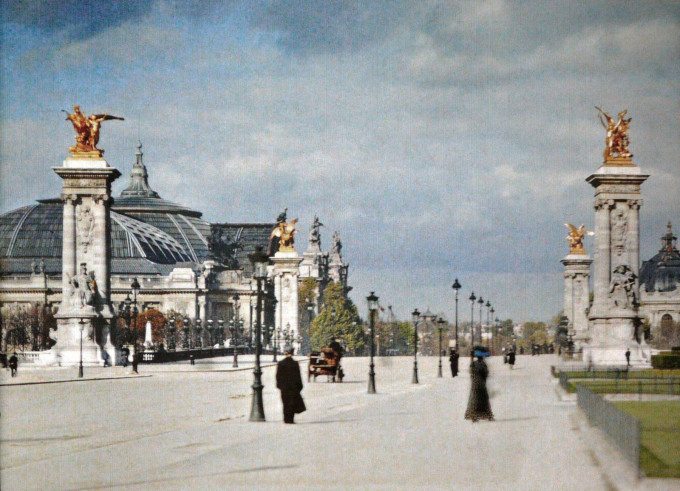

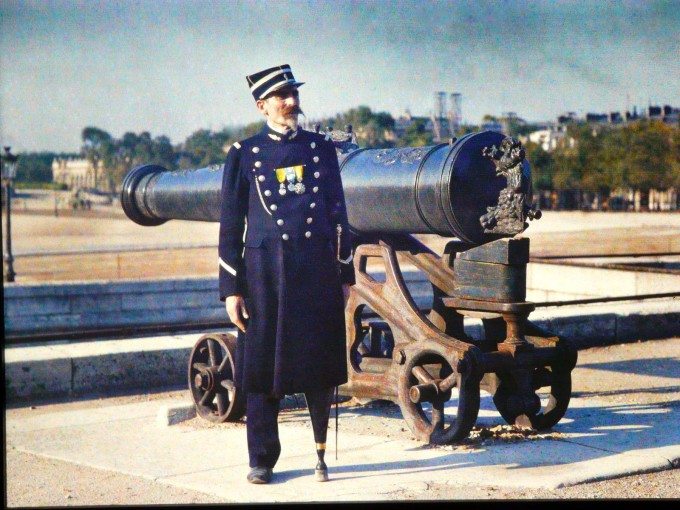
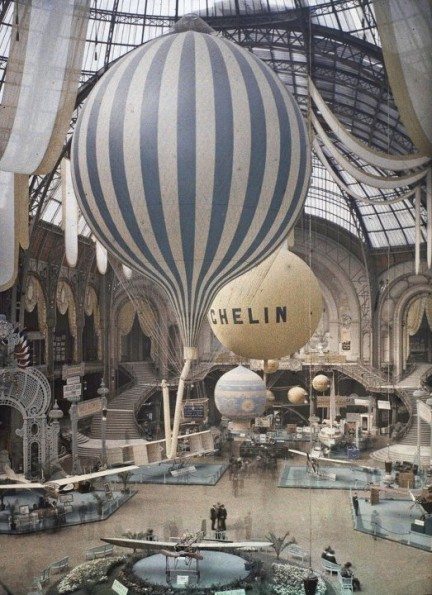

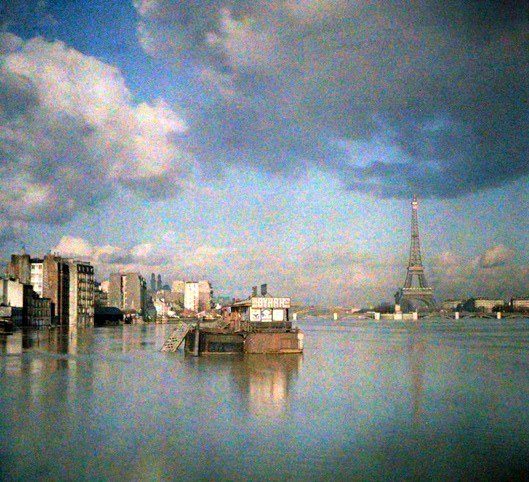
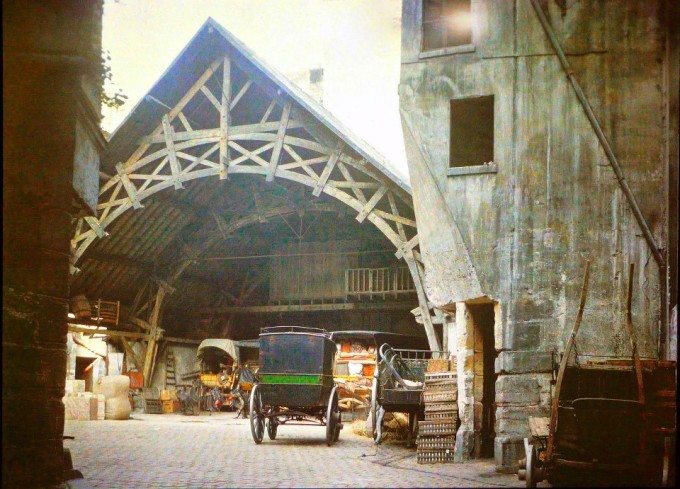
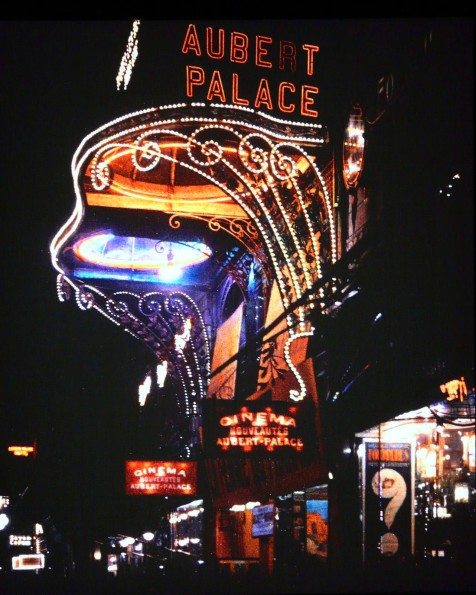
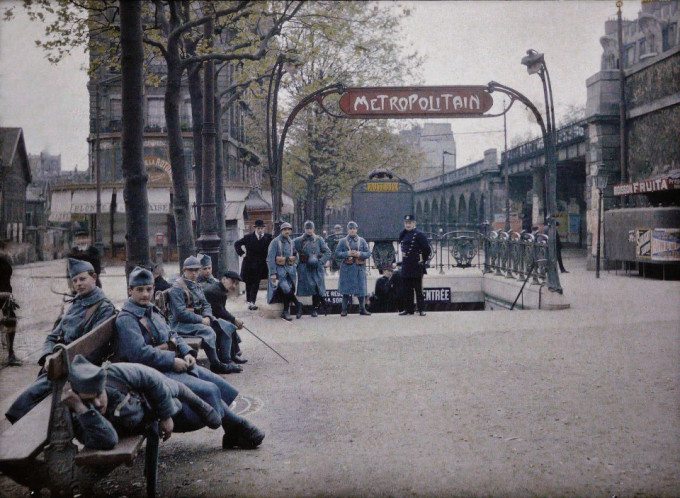
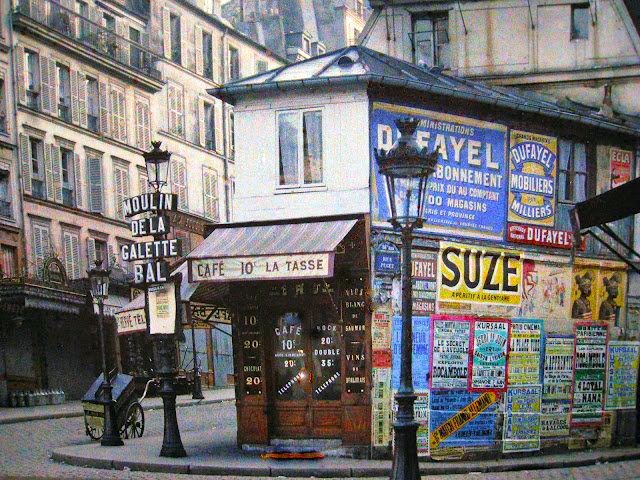
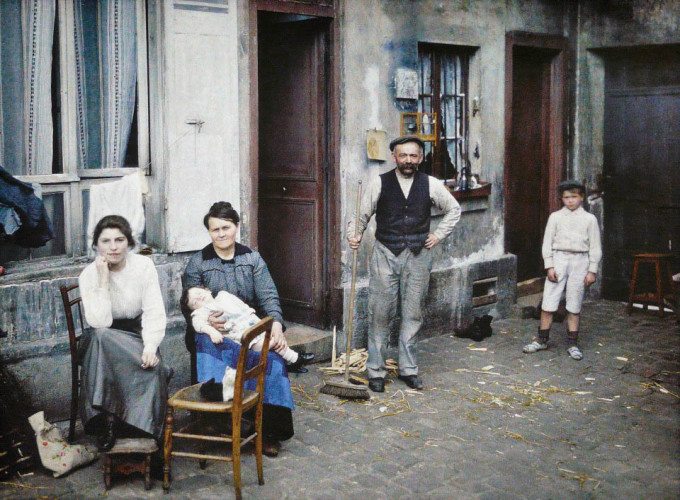

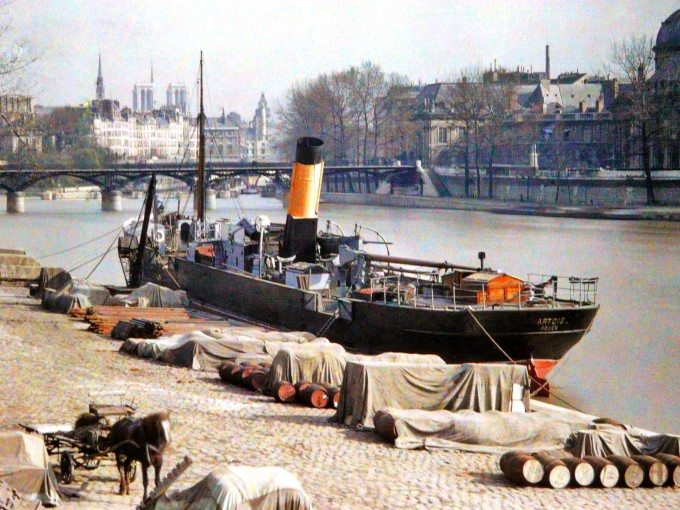
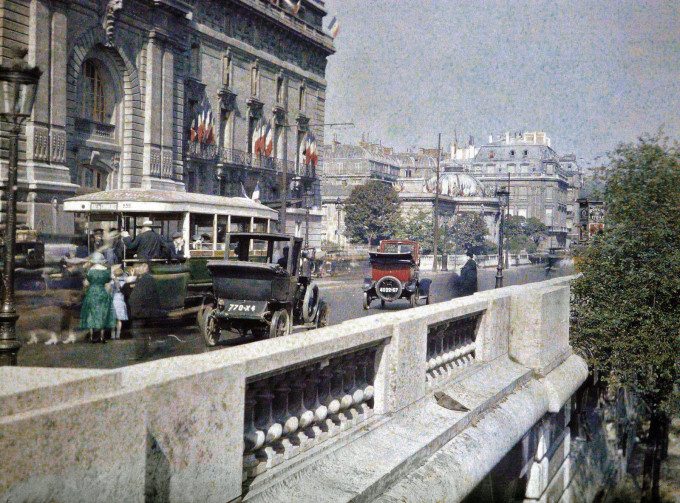
Pictures courtesy of PARIS 1914, via Curious Eggs


